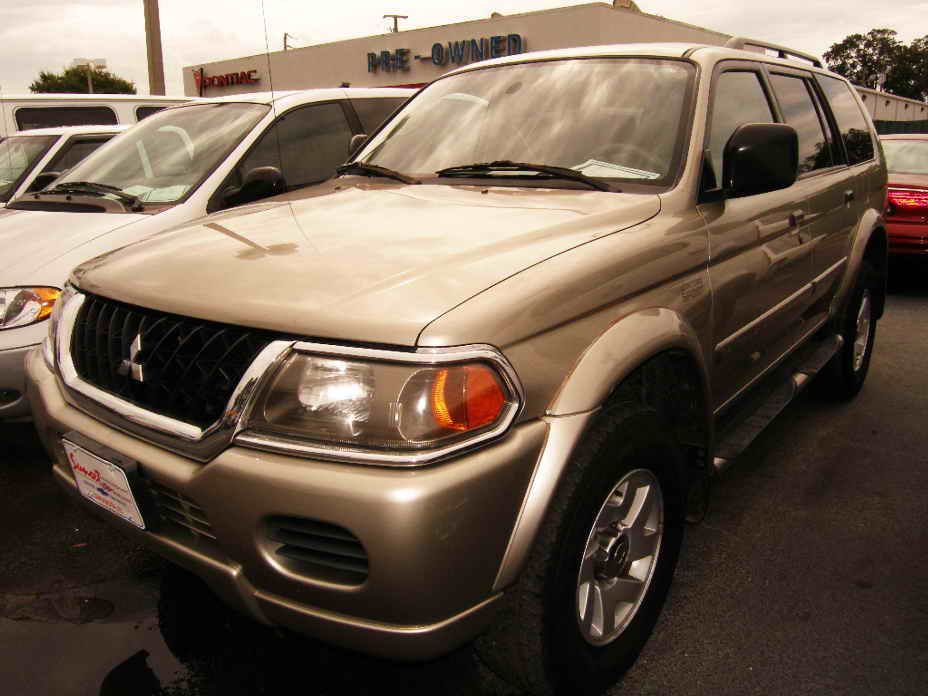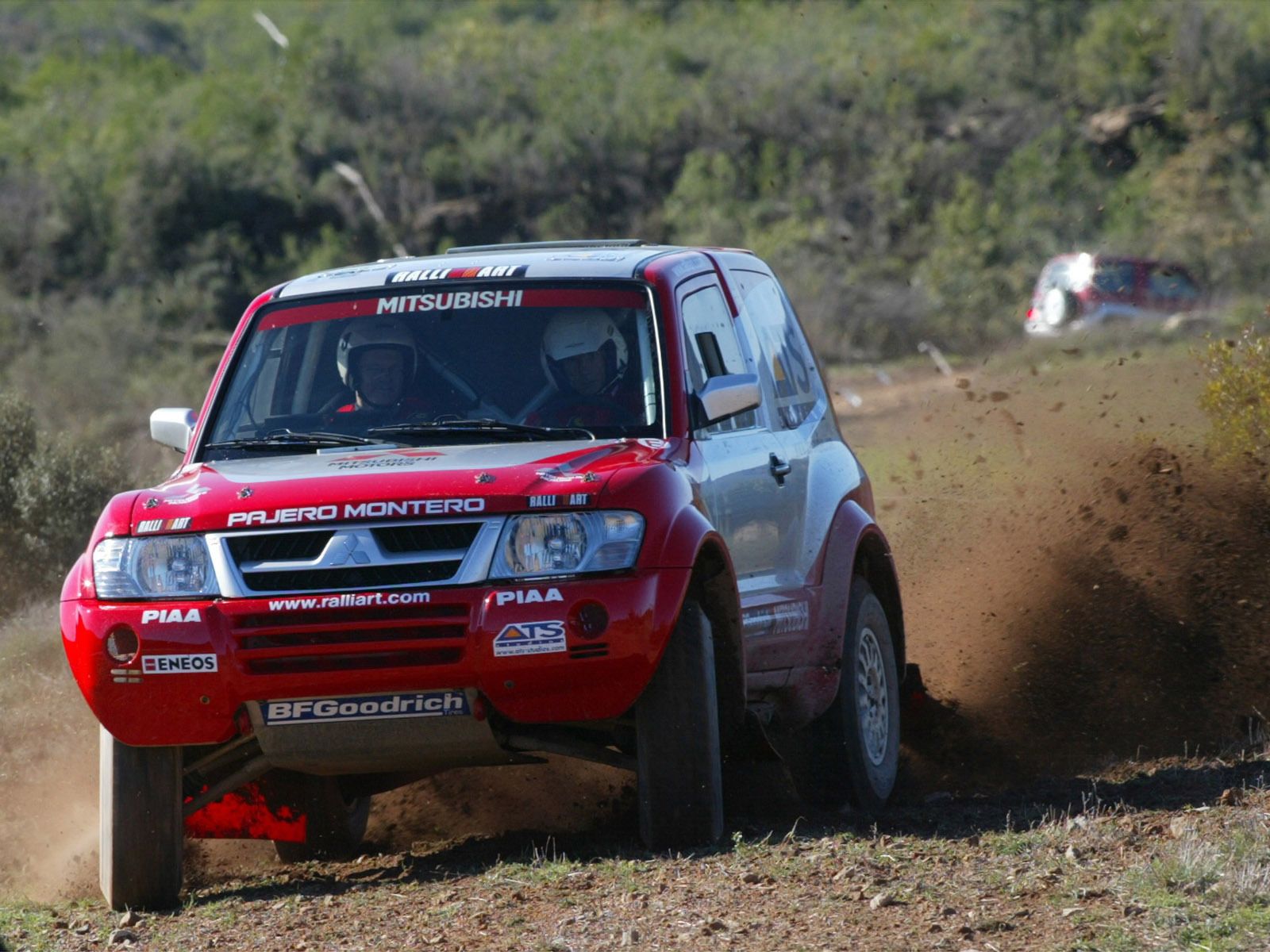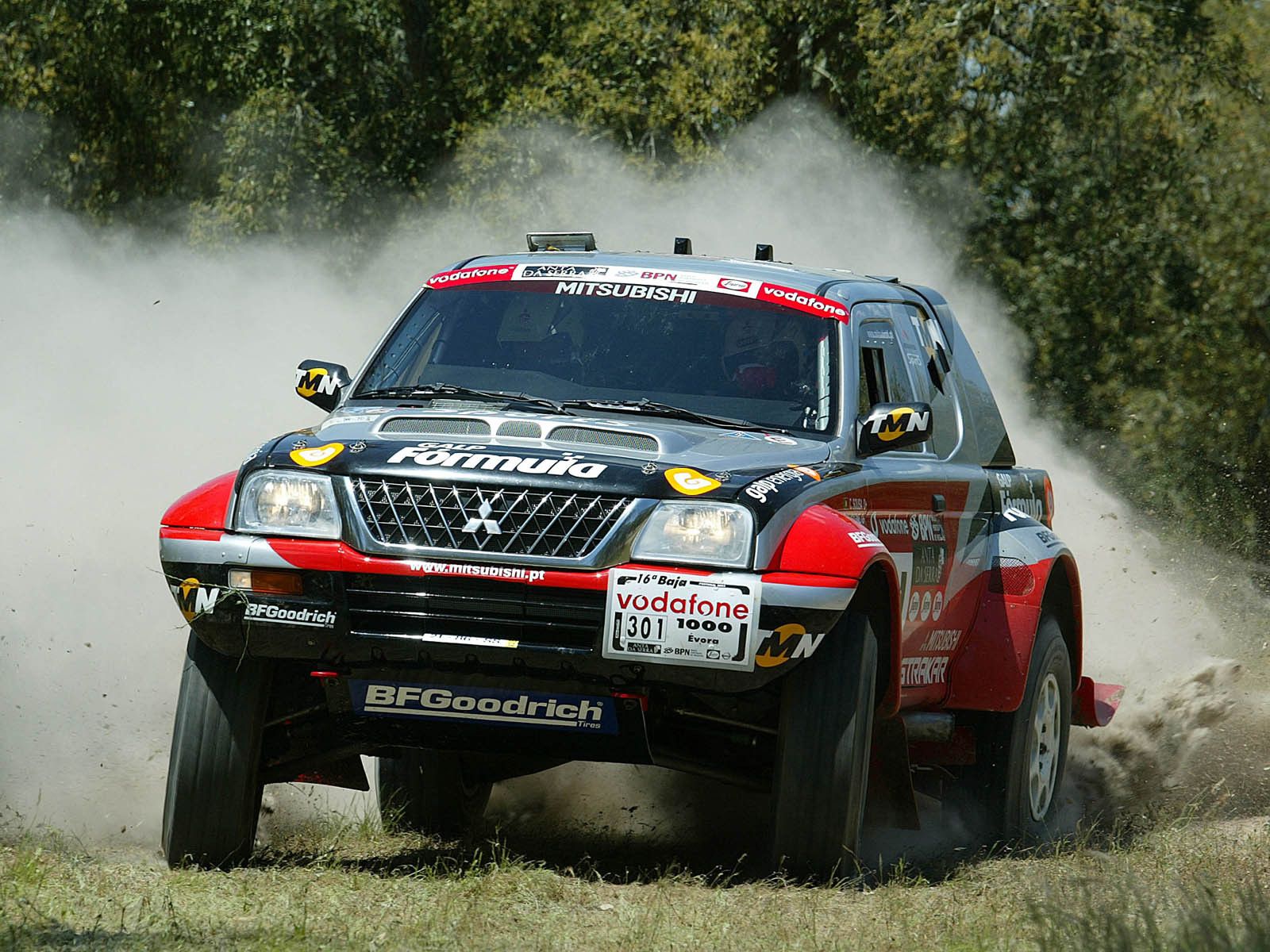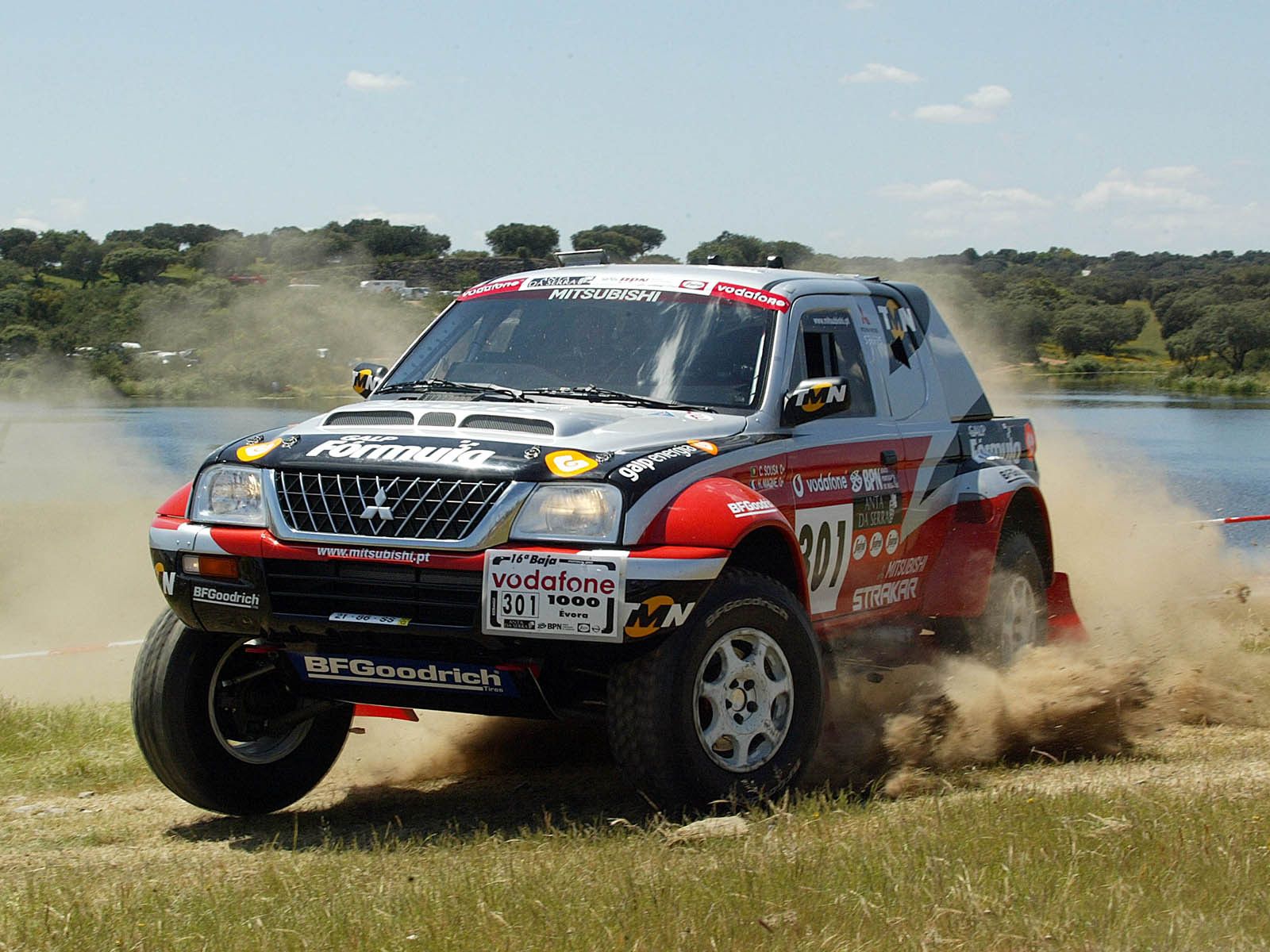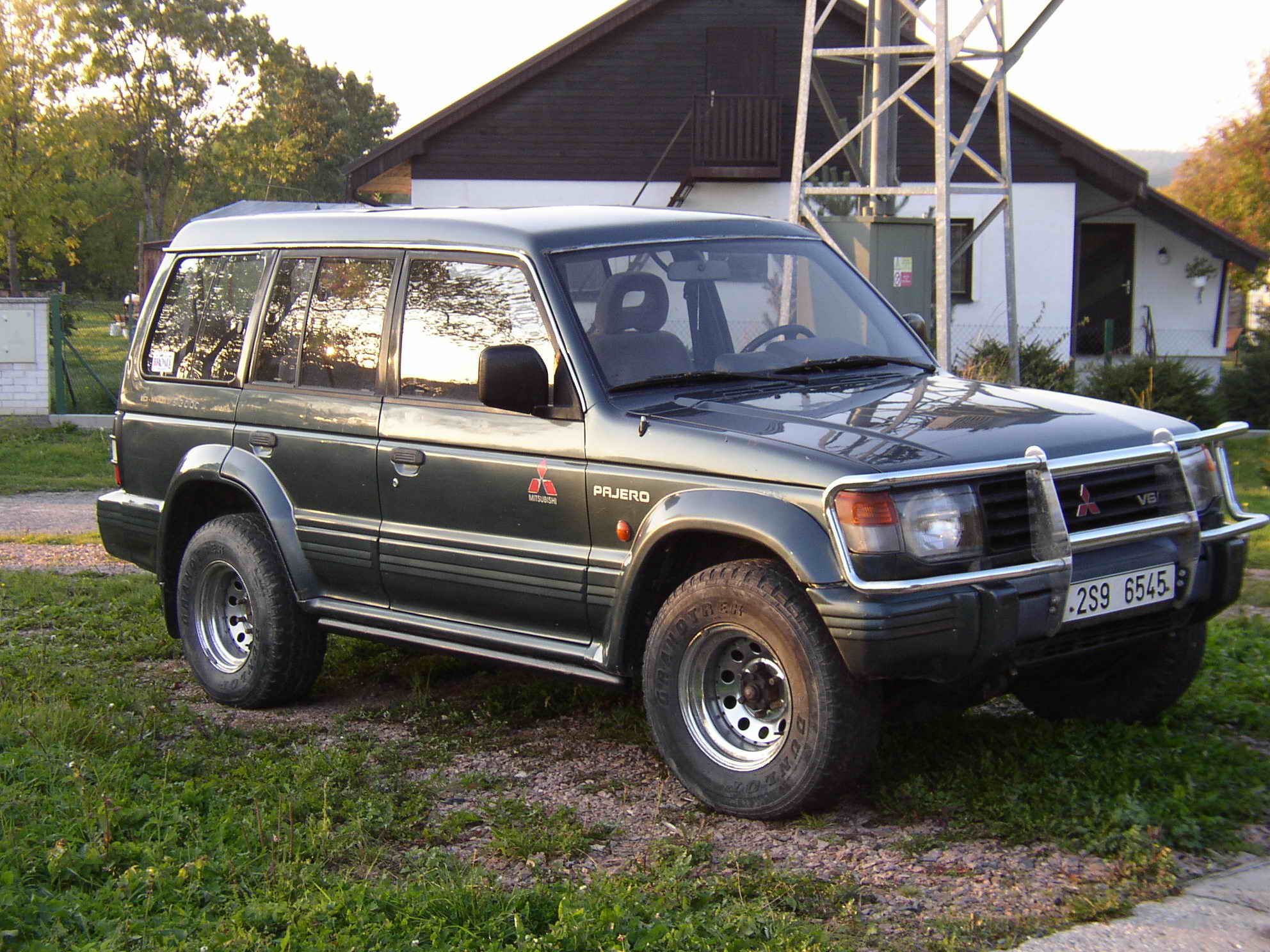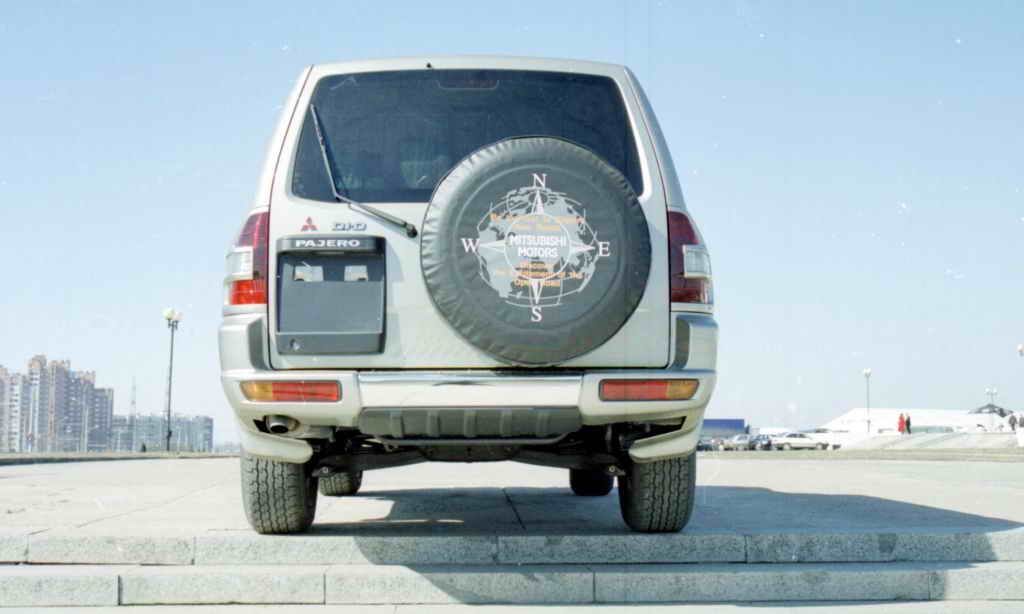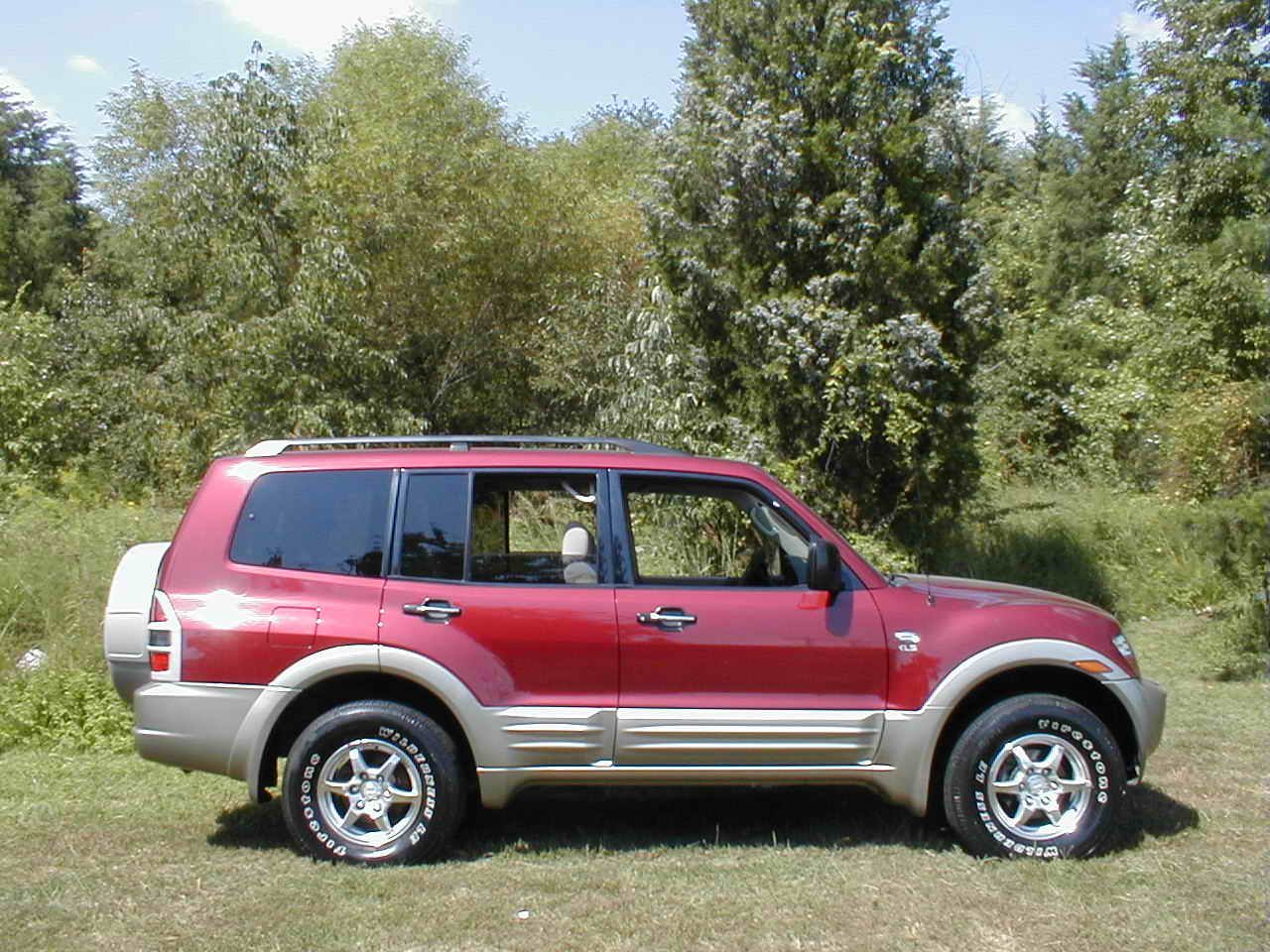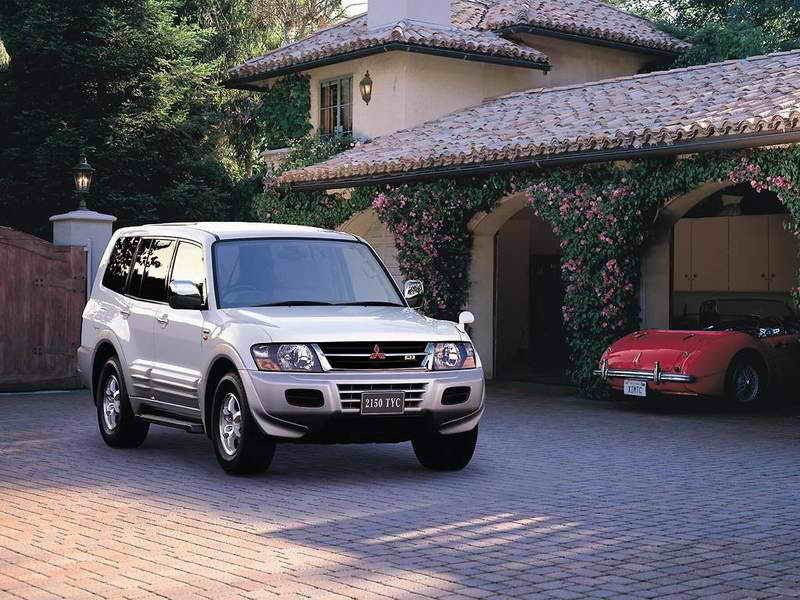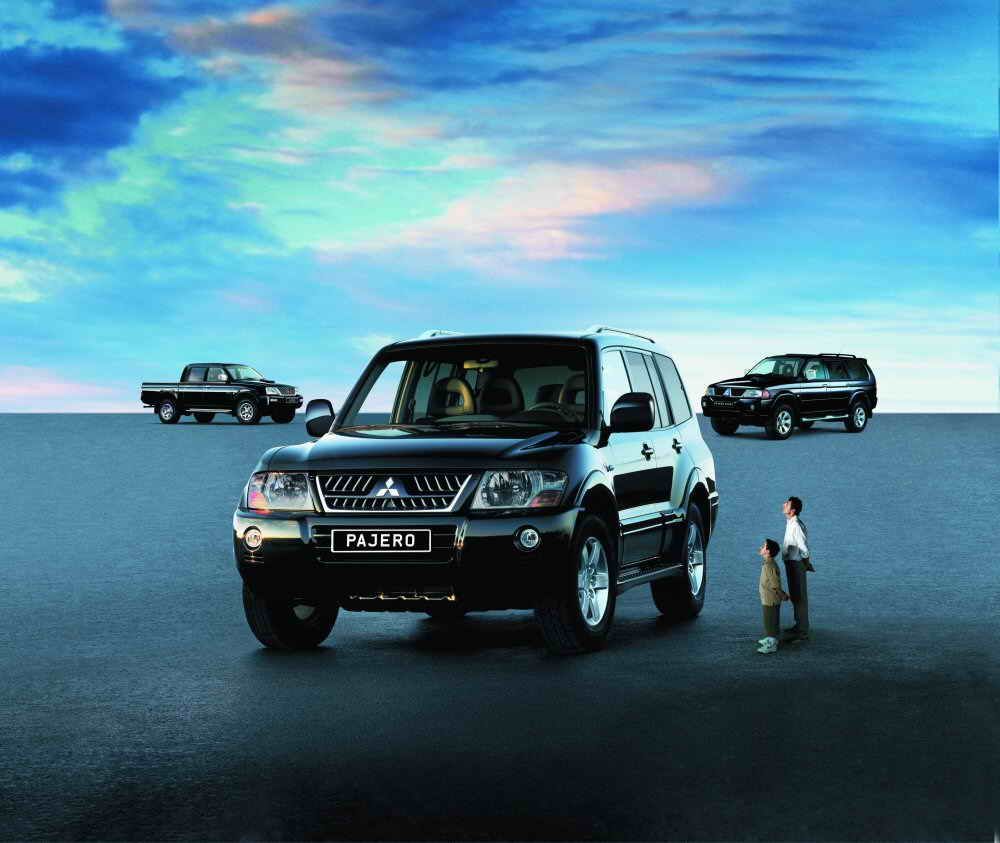The Mitsubishi Pajero, known as the Mitsubishi Montero in North America and Spanish-speaking countries, and as Mitsubishi Shogun in the United Kingdom, is an SUV built by the Mitsubishi Motors Corporation. The name Montero was used because Pajero is slang for masturbator in Spanish.
1982 Mitsubishi Pajero
Specifications
- Make: Array
- Model: 1982 Mitsubishi Pajero
- Engine/Motor: 3.0L V6
- Horsepower: 173@5250
- Torque: 4000
Thanks to its worldwide popularity, the Pajero (and Montero) names were also applied to other, unrelated models. The Pajero Mini is a keicar-sized SUV available only in Japan. The Mitsubishi Pajero iO (sold in Europe as the Pajero Pinin or Montero iO), is a smaller SUV, similar in size to the Toyota RAV4 and the Honda CR-V. The Japanese Mitsubishi Challenger was renamed as the Pajero Sport and Montero Sport in export markets.
The first generation was built from 1982 to 1991. It was available with a 2-door body on a short wheelbase or a 4-door body on a long wheelbase. Engines included a 2.4 L I4 with 82 kW (110 hp/112 PS), a 3.0 L V6 with EFI and 104 kW (139 hp/141 PS) and a turbocharged 2.5 L OHV diesel I4 with 62 kW (83 hp/84 PS) or an intercooled 70 kW (94 hp/95 PS). Non-permanent four wheel drive was standard on all models. It was later built under license by Hyundai Precision Products as the Hyundai Galloper from 1991 to 2003, and briefly exported to Europe.
The second generation was built from 1992 to 2000. It retained the two body styles, but design was rounder and more city-friendly than the previous bulky model. The 3.0 L V6 gasoline engine was retained, now with a 24-valve head, capable of 136 kW (183 hp/185 PS), while the 2.5 turbodiesel's power was slightly increased to 73 kW (98 hp/99 PS). In 1996, the Pajero was slightly restyled, and larger engines were introduced, a 3.5 L V6 with 153 kW (205 hp/208 PS) and a 2.8 L SOHC turbodiesel rated at 92 kW (123 hp/125 PS). These versions introduced Mitsubishi's Super Select four wheel drive system, with an electronic transfer shift that could split power between both axles without the need to stop the car. It worked at speeds up to 100 km/h (64 mph).
The third generation was introduced in 2001 and is still built as of 2005, having been restyled in 2003. This was the most luxurious of the three generations, moving to a more upscale segment to compete against the Land Rover Discovery, but more importantly, to counter the Toyota Land Cruiser's growth. The 3.0 L engine's power was decreased to 130 kW (175 hp/177 PS), and the 3.5 L engine was given gasoline direct injection, increasing power to 162 kW (217 hp/220 PS) in the Japanese market (export versions kept the standard EFI engine, now with 149 kW (200 hp/203 PS). The 2.8 L Diesel was retained only for developing markets, and was replaced by a new 16-valve direct injection engine, with 3.2 L and 120 kW (161 hp/163 PS).
In the North American market, due to the lack of a V8 engine, the 3.5 L engine was replaced for the 2003 model year by a more powerful 3.8 L unit, with 160 kW (215 hp/218 PS). This engine was later made available to a few export markets such as South America and Australia, and replaced the GDI V6 in the Japanese lineup in 2005. The short wheelbase model is not available in North America, where the Montero is the only SUV in Mitsubishi's lineup with standard four wheel drive. However, slow sales prompted the company to stop selling the Montero in North America as of 2007.
The first generation was built from 1982 to 1991. It was available with a 2-door body on a short wheelbase or a 4-door body on a long wheelbase. Engines included a 2.4 L I4 with 82 kW (110 hp/112 PS), a 3.0 L V6 with EFI and 104 kW (139 hp/141 PS) and a turbocharged 2.5 L OHV diesel I4 with 62 kW (83 hp/84 PS) or an intercooled 70 kW (94 hp/95 PS). Non-permanent four wheel drive was standard on all models. It was later built under license by Hyundai Precision Products as the Hyundai Galloper from 1991 to 2003, and briefly exported to Europe.
The second generation was built from 1992 to 2000. It retained the two body styles, but design was rounder and more city-friendly than the previous bulky model. The 3.0 L V6 gasoline engine was retained, now with a 24-valve head, capable of 136 kW (183 hp/185 PS), while the 2.5 turbodiesel's power was slightly increased to 73 kW (98 hp/99 PS). In 1996, the Pajero was slightly restyled, and larger engines were introduced, a 3.5 L V6 with 153 kW (205 hp/208 PS) and a 2.8 L SOHC turbodiesel rated at 92 kW (123 hp/125 PS). These versions introduced Mitsubishi's Super Select four wheel drive system, with an electronic transfer shift that could split power between both axles without the need to stop the car. It worked at speeds up to 100 km/h (64 mph).
The third generation was introduced in 2001 and is still built as of 2005, having been restyled in 2003. This was the most luxurious of the three generations, moving to a more upscale segment to compete against the Land Rover Discovery, but more importantly, to counter the Toyota Land Cruiser's growth. The 3.0 L engine's power was decreased to 130 kW (175 hp/177 PS), and the 3.5 L engine was given gasoline direct injection, increasing power to 162 kW (217 hp/220 PS) in the Japanese market (export versions kept the standard EFI engine, now with 149 kW (200 hp/203 PS). The 2.8 L Diesel was retained only for developing markets, and was replaced by a new 16-valve direct injection engine, with 3.2 L and 120 kW (161 hp/163 PS).
In the North American market, due to the lack of a V8 engine, the 3.5 L engine was replaced for the 2003 model year by a more powerful 3.8 L unit, with 160 kW (215 hp/218 PS). This engine was later made available to a few export markets such as South America and Australia, and replaced the GDI V6 in the Japanese lineup in 2005. The short wheelbase model is not available in North America, where the Montero is the only SUV in Mitsubishi's lineup with standard four wheel drive. However, slow sales prompted the company to stop selling the Montero in North America as of 2007.

